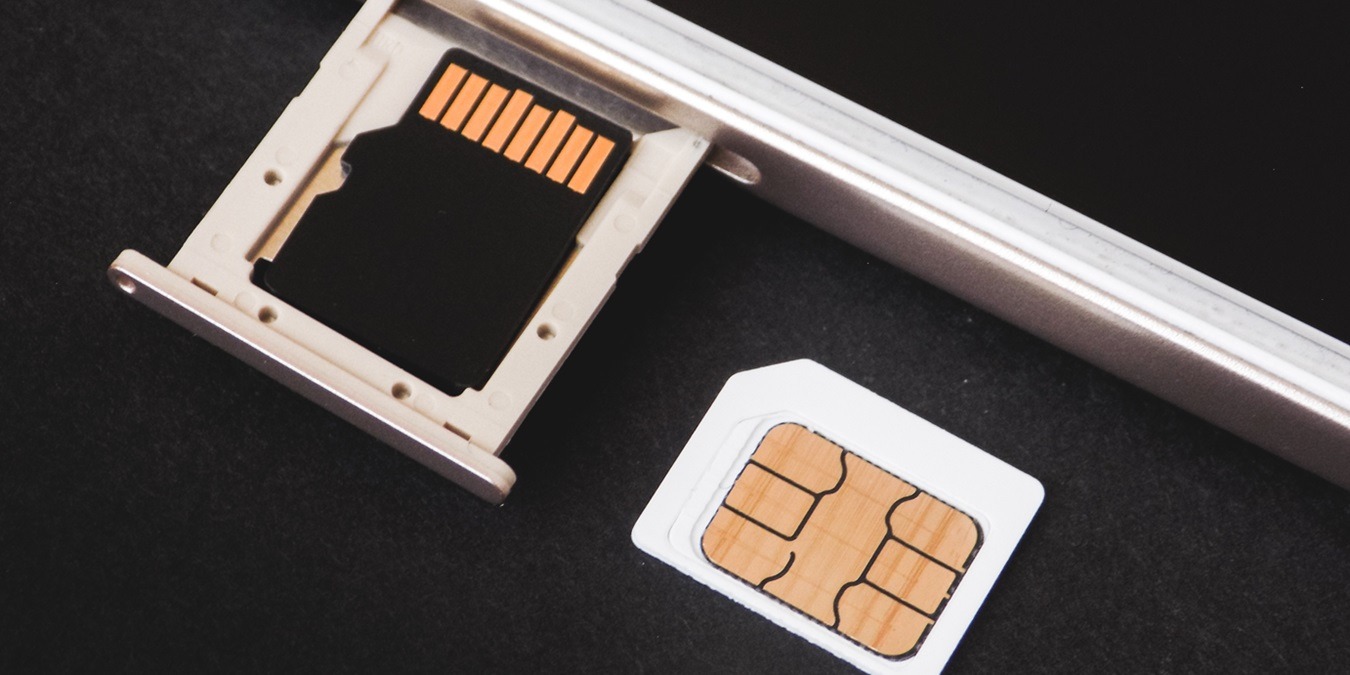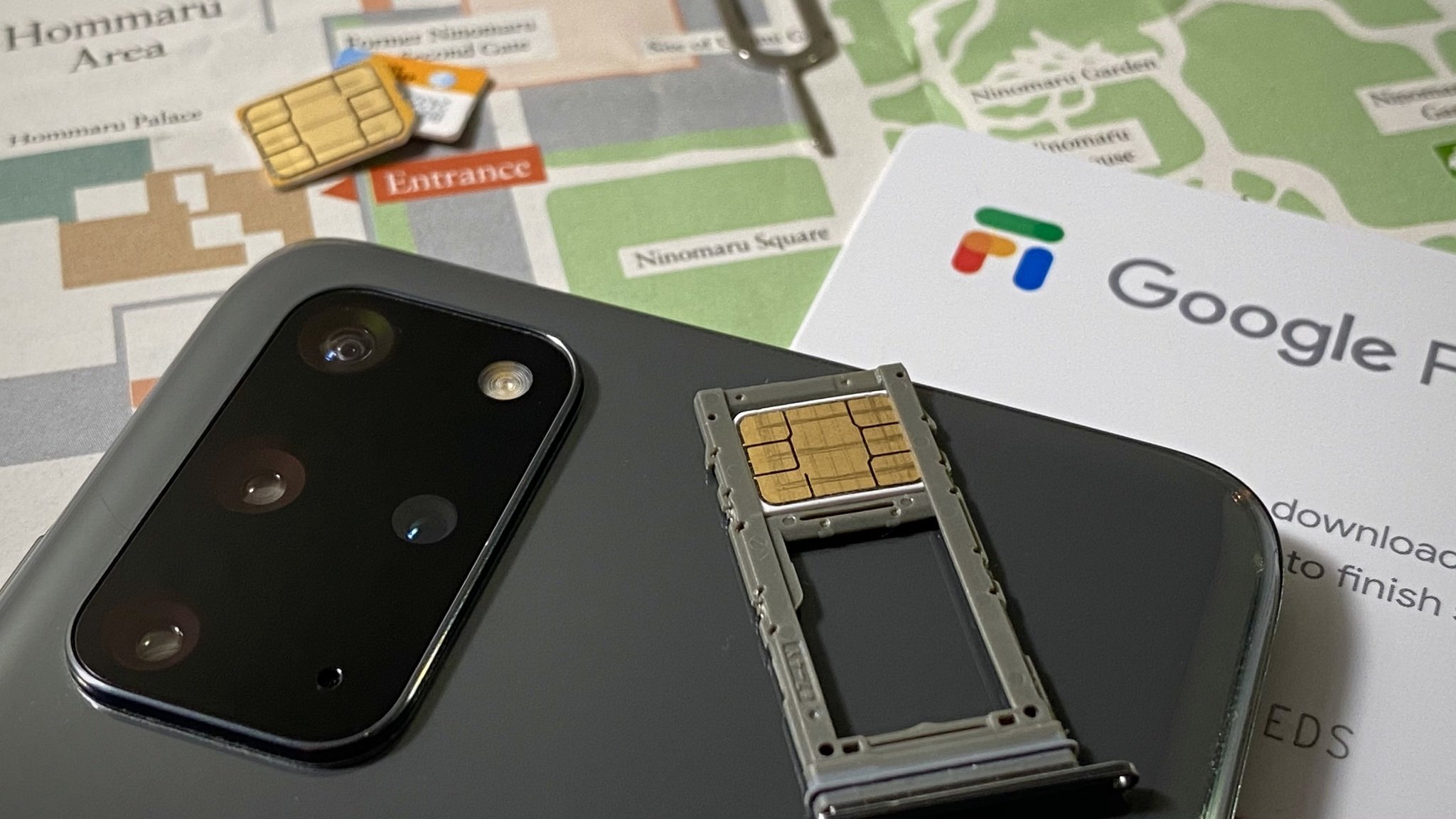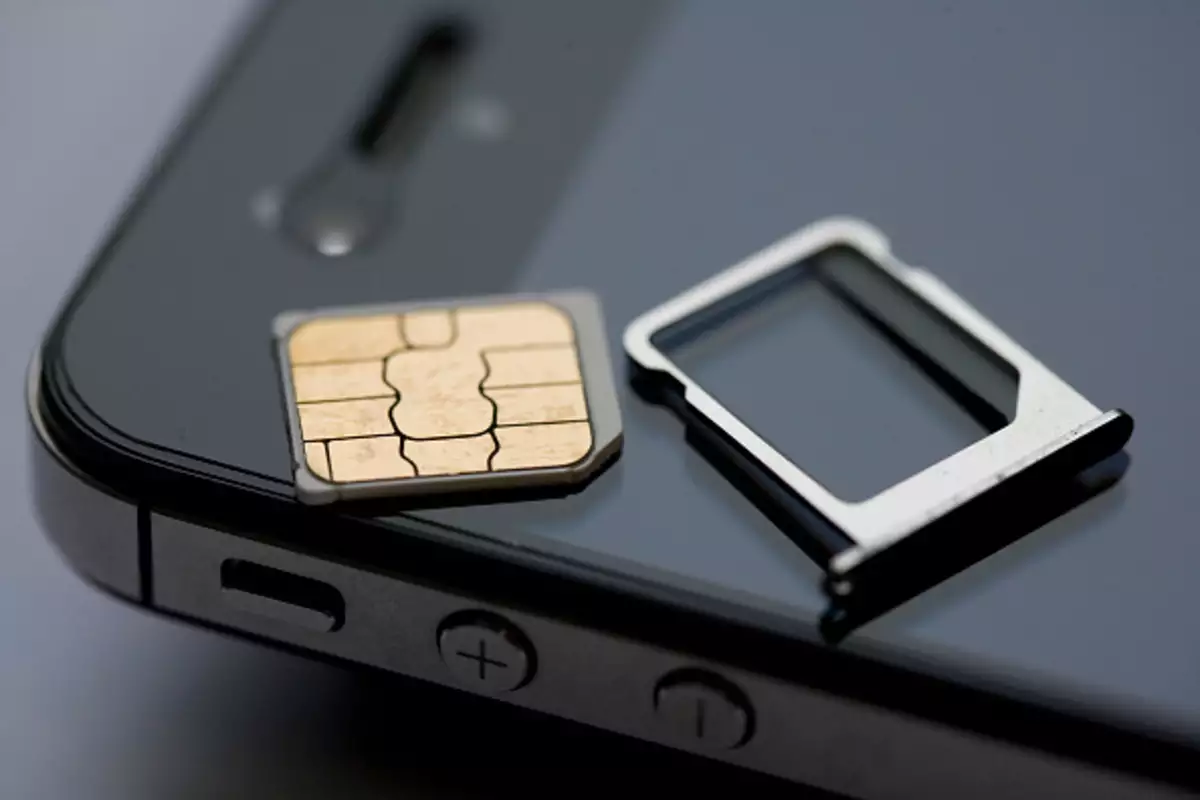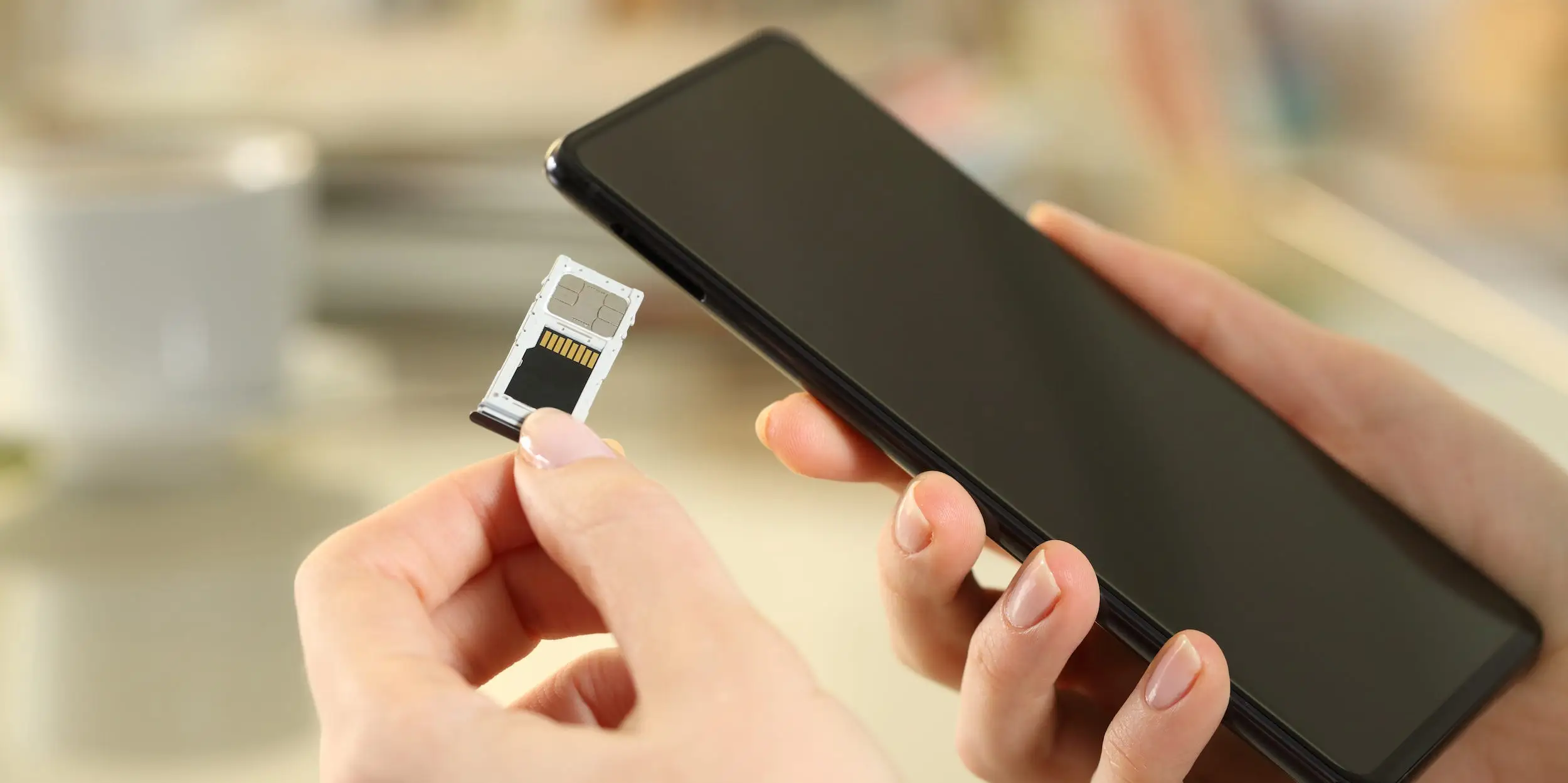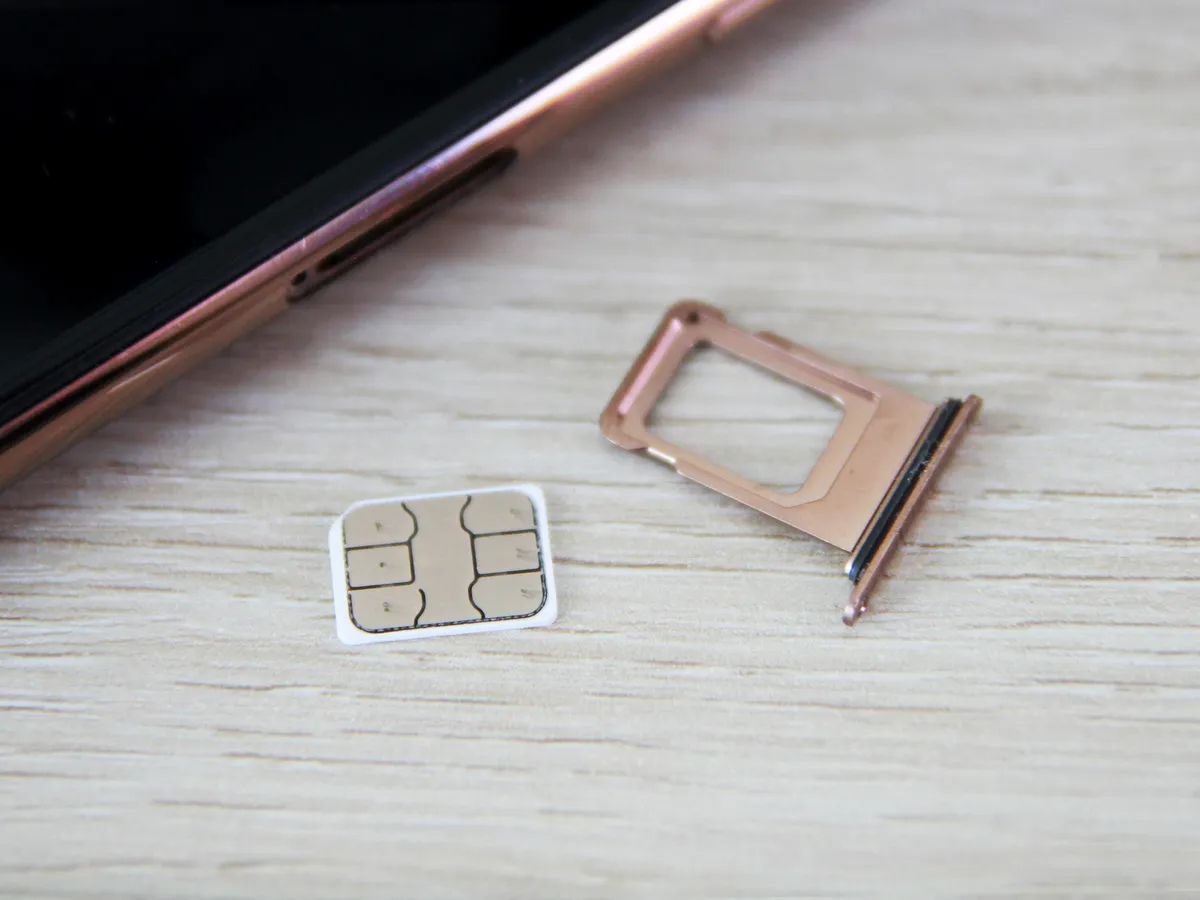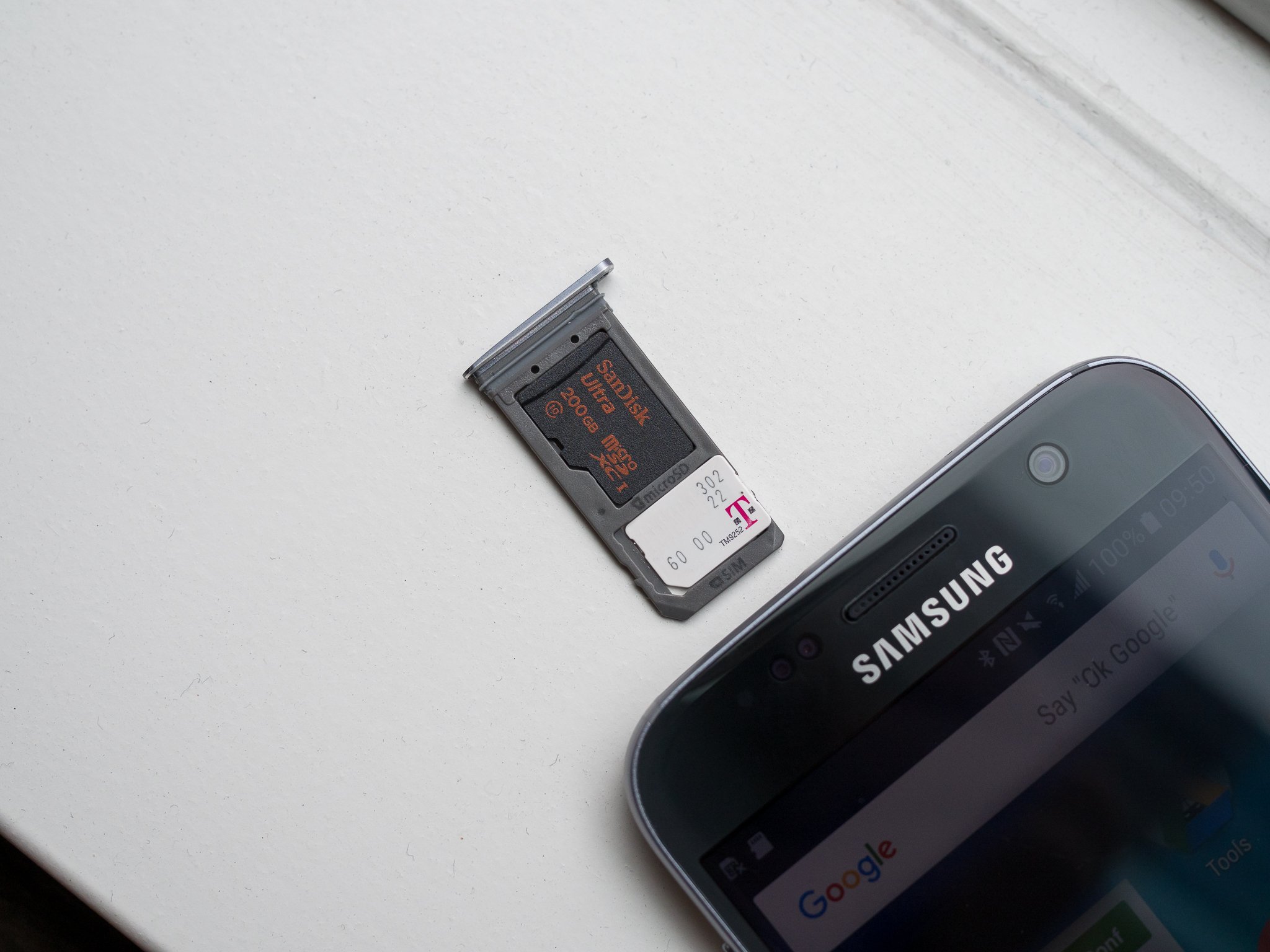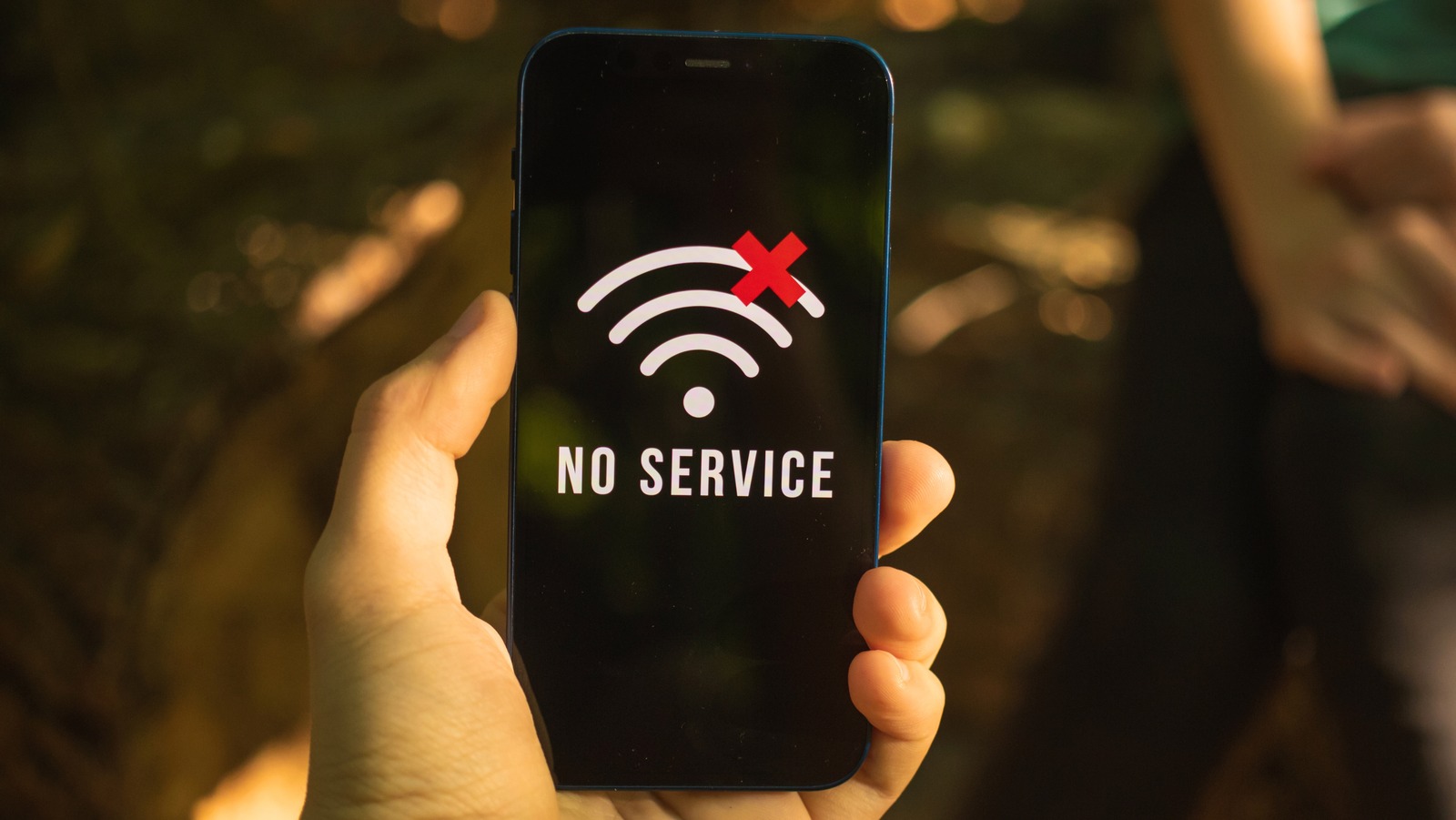Check SIM Card Compatibility
Before delving into troubleshooting steps, it's crucial to ensure that the SIM card is compatible with your device. Incompatible SIM cards can lead to various issues, including connectivity problems and service disruptions. Here's how to verify SIM card compatibility:
-
Check Device Specifications: Determine the type of SIM card your device requires. Most modern smartphones utilize nano-SIM cards, while older models may use micro-SIM or standard SIM cards. Refer to the device's manual or manufacturer's website to ascertain the specific SIM card size compatible with your device.
-
SIM Card Type: Examine the SIM card itself to identify its type. Nano-SIM cards are smaller and thinner than their predecessors, making them incompatible with devices designed for micro-SIM or standard SIM cards. Conversely, attempting to insert a larger SIM card into a slot designed for a smaller one can result in improper fit and potential damage to the device's SIM card slot.
-
Network Compatibility: In addition to physical dimensions, it's essential to consider network compatibility. Some devices are locked to specific carriers, meaning they only work with SIM cards from the associated network. If your device is carrier-locked, using a SIM card from a different carrier can lead to compatibility issues and prevent the SIM card from functioning properly.
Verifying SIM card compatibility is a fundamental step in resolving SIM-related issues. By ensuring that the SIM card aligns with the device's specifications and network requirements, you can eliminate potential compatibility issues and proceed with targeted troubleshooting measures.
Remember, a compatible SIM card forms the foundation for seamless connectivity and uninterrupted mobile services. If compatibility concerns are ruled out, it's time to explore additional troubleshooting steps to address the SIM card issue at hand.
Ensure Proper Insertion
Proper insertion of the SIM card is pivotal for establishing a stable connection between the device and the mobile network. Even a slight misalignment during the insertion process can lead to connectivity issues and hinder the functionality of the SIM card. To ensure proper insertion and mitigate potential complications, follow these essential steps:
-
Power Off the Device: Before attempting to insert or reposition the SIM card, power off the device. This precautionary measure prevents any potential damage to the SIM card or the device's SIM card slot.
-
Locate the SIM Card Slot: Depending on the device model, the SIM card slot may be situated on the side, top, or back of the device. Refer to the device's manual or manufacturer's website for precise instructions on locating the SIM card slot.
-
Use the Ejection Tool: For devices with a SIM card tray, utilize the provided ejection tool or a small paperclip to gently eject the SIM card tray from the device. Exercise caution to avoid applying excessive force, which could damage the tray or the device.
-
Align the SIM Card: Position the SIM card on the tray in accordance with the designated guides. Ensure that the gold contacts on the SIM card align with the corresponding contacts within the tray. For devices with a built-in SIM card slot, carefully align the SIM card with the designated slot, taking note of the orientation.
-
Insert the SIM Card: With precision, carefully slide the SIM card tray back into the device or insert the SIM card into the designated slot. Apply gentle pressure to ensure a secure fit without forcing the card into place.
-
Power On the Device: Once the SIM card is securely inserted, power on the device and allow it to initialize. The device should detect the SIM card and establish the necessary connections with the mobile network.
By ensuring proper insertion of the SIM card, you create a foundation for seamless connectivity and optimal network performance. This meticulous approach minimizes the risk of connectivity disruptions attributed to improper SIM card placement. If the issue persists despite confirming the proper insertion of the SIM card, proceed to explore additional troubleshooting measures to address the underlying cause of the SIM card malfunction.
Clean SIM Card and Slot
Ensuring the cleanliness of both the SIM card and the SIM card slot is paramount when troubleshooting connectivity issues. Over time, dust, debris, or residue can accumulate on the SIM card and within the slot, impeding the seamless interaction between the card and the device. Here's a comprehensive guide to effectively clean the SIM card and slot:
Cleaning the SIM Card:
-
Inspect the SIM Card: Begin by carefully examining the SIM card for any visible signs of dirt, dust, or smudges. Hold the SIM card under a gentle light source to identify any particles that may be present on the surface or within the card's contacts.
-
Utilize a Soft Cloth or Tissue: Gently wipe the SIM card with a soft, lint-free cloth or tissue. Avoid using abrasive materials or harsh chemicals, as these can potentially damage the card. Ensure that the wiping motion is light and consistent to remove any surface-level impurities.
-
Address Stubborn Residue: If the SIM card exhibits stubborn residue or marks that cannot be removed with a dry cloth, lightly dampen the cloth with isopropyl alcohol. Carefully wipe the affected areas, exercising caution to prevent moisture from seeping into the card's interior.
-
Allow for Drying: After cleaning the SIM card, allow it to air-dry for a brief period before reinserting it into the device. This ensures that any residual moisture evaporates, preventing potential damage to the device's internal components.
Cleaning the SIM Card Slot:
-
Power Off the Device: Prior to cleaning the SIM card slot, power off the device and remove the SIM card to prevent any electrical mishaps or damage to the card.
-
Use Compressed Air: Employ a can of compressed air to gently blow away any dust or debris that may have accumulated within the SIM card slot. Hold the device at a slight angle to facilitate the removal of particles without causing them to disperse further within the device.
-
Inspect for Residue: Carefully inspect the SIM card slot for any residual particles or buildup. If necessary, utilize a soft-bristled brush or a clean, dry toothbrush to delicately dislodge any remaining debris.
-
Reinsert the SIM Card: Once the SIM card slot is thoroughly cleaned and free of any obstructions, reinsert the SIM card into the designated slot, ensuring that it aligns properly and securely within the slot.
By meticulously cleaning both the SIM card and the SIM card slot, you eliminate potential barriers to seamless connectivity and optimize the interaction between the card and the device. This proactive approach enhances the reliability of the SIM card and contributes to uninterrupted mobile services. If cleaning the SIM card and slot does not resolve the connectivity issue, further troubleshooting measures may be necessary to address the underlying cause.
Restart Device
Restarting the device is a fundamental yet often overlooked troubleshooting step when encountering SIM card-related issues. This simple action can effectively resolve temporary glitches, reinitialize essential system processes, and establish a stable connection between the device and the mobile network. By restarting the device, you initiate a clean slate for the device's software and hardware components, potentially alleviating the underlying cause of the SIM card malfunction.
To restart the device, begin by holding down the power button until the shutdown prompt appears on the screen. Follow the on-screen instructions to power off the device completely. Once the device is powered down, wait for a few moments to ensure that all active processes have ceased. After this brief interval, press the power button again to turn the device back on. As the device boots up, it undergoes a systematic startup sequence, initializing essential services and establishing connections with the SIM card and the mobile network.
The act of restarting the device serves multiple purposes in the context of troubleshooting SIM card issues. Firstly, it allows the device's operating system to reset and clear any temporary system errors that may be affecting the SIM card functionality. Additionally, a restart enables the device to reestablish communication with the SIM card, refreshing the connection and potentially resolving any communication disruptions that were impeding the card's performance. Furthermore, this process can address minor software hiccups that may have arisen, contributing to the overall stability of the device's operation.
Moreover, restarting the device presents an opportune moment for the device to reconnect with the mobile network. By initiating a fresh connection during the startup sequence, the device can synchronize with the network infrastructure, ensuring seamless communication and data transmission capabilities. This synchronization process is pivotal for optimizing the device's interaction with the SIM card and the network, potentially resolving underlying connectivity issues that were impeding the card's functionality.
In essence, restarting the device serves as a foundational troubleshooting measure, offering a swift and effective approach to address SIM card-related issues. This straightforward action can yield significant results, particularly when dealing with transient connectivity disruptions or minor software anomalies. By incorporating the device restart into the troubleshooting process, users can proactively mitigate SIM card issues and restore optimal functionality to their mobile devices.
If the SIM card issue persists after restarting the device, further targeted troubleshooting steps may be necessary to address the root cause of the problem, ensuring sustained connectivity and seamless mobile services.
Check Network Coverage
Verifying the adequacy of network coverage is a pivotal aspect of troubleshooting SIM card-related issues. Inadequate network coverage can manifest as connectivity disruptions, signal instability, and limited access to essential mobile services. By assessing the network coverage in your current location, you can pinpoint potential factors contributing to the SIM card malfunction and take informed steps to address the issue.
Commence the assessment by confirming the availability of network coverage in your vicinity. While in urban areas, network coverage is generally robust, certain factors such as building materials, geographical features, and network congestion can impact signal strength and reliability. Conversely, in rural or remote areas, network coverage may be more sporadic, necessitating a tailored approach to evaluate and optimize connectivity.
Utilize the device's signal indicator to gauge the strength of the network signal. A strong signal is indicative of optimal coverage, facilitating seamless communication and data transmission. Conversely, a weak or fluctuating signal may signify potential coverage limitations, warranting further investigation into the underlying causes.
If the signal strength appears suboptimal, consider relocating to an open area or near a window to potentially enhance the reception. Structural impediments within buildings can attenuate signal propagation, leading to diminished coverage indoors. By relocating to a more open space, you can mitigate the impact of these obstructions and improve the signal reception, potentially resolving the connectivity issues attributed to inadequate network coverage.
Furthermore, if available, switch between different network modes on the device, such as 4G, 3G, or 2G, to assess the impact on signal strength and connectivity. In certain scenarios, a specific network mode may offer improved coverage and stability, addressing the SIM card-related issues effectively.
In cases where network coverage appears consistently poor or non-existent, it is advisable to consult with the respective network service provider. The provider can offer insights into potential network disruptions, maintenance activities, or coverage limitations in the area. Additionally, they may provide guidance on alternative measures, such as network settings adjustments or signal amplification solutions, to optimize connectivity and mitigate the impact of limited network coverage.
By meticulously evaluating the network coverage and its impact on the SIM card functionality, users can gain valuable insights into the underlying factors contributing to the connectivity issues. This proactive approach enables informed decision-making, empowering users to address network coverage limitations and optimize the performance of their mobile devices.
If the SIM card issues persist despite addressing network coverage concerns, further targeted troubleshooting measures may be necessary to identify and resolve the root cause, ensuring sustained connectivity and seamless mobile services.
Contact Service Provider
Contacting the service provider is a pivotal step in troubleshooting persistent SIM card issues and seeking expert guidance to address connectivity disruptions. When conventional troubleshooting measures fail to resolve the SIM card malfunction, reaching out to the service provider enables users to leverage specialized assistance and gain insights into potential network-related factors contributing to the issue.
Initiating the contact with the service provider can be facilitated through various channels, including customer support hotlines, online chat platforms, or dedicated service centers. By engaging with the service provider's support infrastructure, users can articulate the specific symptoms and challenges associated with the SIM card malfunction, enabling the service provider to offer tailored solutions and recommendations.
During the interaction with the service provider, it is essential to provide comprehensive details regarding the observed SIM card issues, such as signal instability, call or data connectivity disruptions, or error messages displayed on the device. Clear and precise communication empowers the service provider to assess the situation accurately and offer targeted assistance, potentially resolving the underlying cause of the SIM card malfunction.
Service providers possess in-depth insights into network infrastructure, coverage patterns, and potential service disruptions that may impact the functionality of SIM cards. Leveraging this expertise, the service provider can conduct remote diagnostics to assess the network connectivity, identify potential anomalies, and offer guidance on optimizing the device's interaction with the network.
Furthermore, service providers can verify the activation status of the SIM card, assess account-related configurations, and validate network compatibility, ensuring that all essential parameters align with seamless connectivity and uninterrupted mobile services. In cases where network-related factors are identified as the root cause of the SIM card malfunction, the service provider can initiate targeted interventions to address the underlying issues and restore optimal functionality to the SIM card.
Additionally, the service provider may offer insights into potential network upgrades, maintenance activities, or upcoming enhancements that could impact the device's connectivity. By staying informed about network developments and service enhancements, users can anticipate improvements in network coverage and performance, aligning with the optimal utilization of their mobile devices.
By proactively engaging with the service provider, users can harness specialized expertise, tailored recommendations, and targeted interventions to address persistent SIM card issues effectively. This collaborative approach facilitates a comprehensive resolution to connectivity disruptions, ensuring sustained connectivity and seamless mobile services.
If the SIM card issues persist despite engaging with the service provider, further targeted troubleshooting measures may be necessary to identify and address the root cause, ensuring optimal functionality and reliable connectivity for the mobile device.
Replace SIM Card
In scenarios where persistent SIM card issues remain unresolved despite thorough troubleshooting efforts, replacing the SIM card emerges as a viable and pragmatic solution to address underlying connectivity disruptions. The process of replacing the SIM card entails acquiring a new SIM card from the respective service provider and activating it to seamlessly integrate with the mobile device. This strategic course of action offers a definitive approach to mitigate potential hardware or configuration-related challenges that may be impeding the functionality of the existing SIM card.
Initiating the replacement process involves contacting the service provider to request a new SIM card. Service providers typically facilitate the issuance of replacement SIM cards through their customer support channels, enabling users to articulate the specific symptoms and challenges associated with the existing SIM card. Upon verification of the request, the service provider arranges for the provisioning of a new SIM card, ensuring that it aligns with the user's account and network specifications.
Upon receiving the new SIM card, users must proceed with the activation process to integrate it with their mobile device effectively. This entails inserting the new SIM card into the device's SIM card slot, following the manufacturer's guidelines and ensuring proper alignment and secure placement. Subsequently, users can power on the device and allow it to detect and initialize the new SIM card, establishing the necessary connections with the mobile network.
The replacement of the SIM card offers a comprehensive approach to address persistent connectivity disruptions and establish a fresh interaction between the device and the mobile network. By leveraging a new SIM card, users can potentially mitigate hardware-related issues, address potential wear and tear on the existing card, and ensure optimal compatibility with the device and network infrastructure. This strategic intervention presents an opportunity to reset the connectivity parameters, potentially resolving underlying challenges that were impeding the functionality of the previous SIM card.
Furthermore, the replacement process enables users to benefit from potential enhancements and optimizations offered by modern SIM card technologies. Newer SIM cards may incorporate advanced features, improved security protocols, and enhanced compatibility, aligning with the evolving landscape of mobile communication and data transmission. By embracing these advancements through a SIM card replacement, users can optimize their connectivity experience and leverage the full spectrum of mobile services seamlessly.
In essence, the replacement of the SIM card represents a proactive and definitive measure to address persistent connectivity disruptions and establish a robust foundation for seamless mobile services. By embracing a new SIM card, users can navigate beyond the limitations of the existing card and unlock the full potential of their mobile devices, ensuring sustained connectivity and optimal functionality. If the SIM card issues persist despite the replacement, further targeted troubleshooting measures may be necessary to identify and address the root cause, ensuring reliable connectivity and uninterrupted mobile services.







